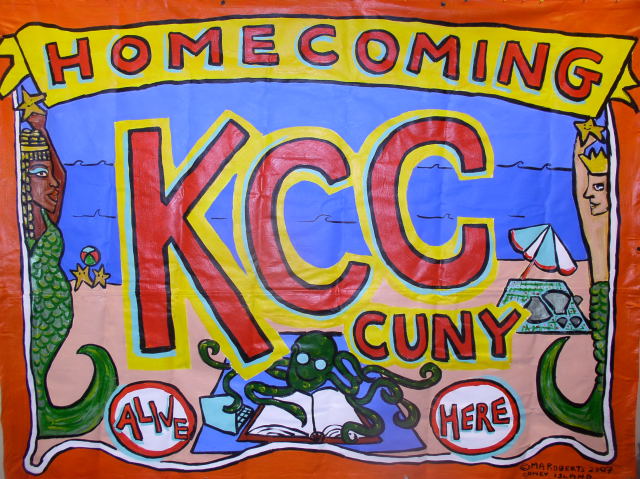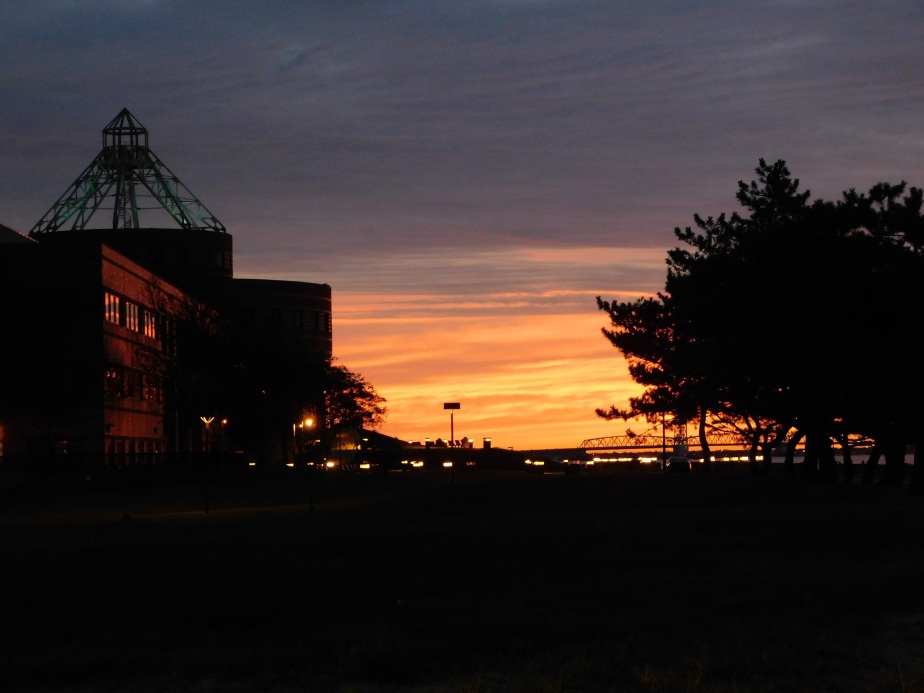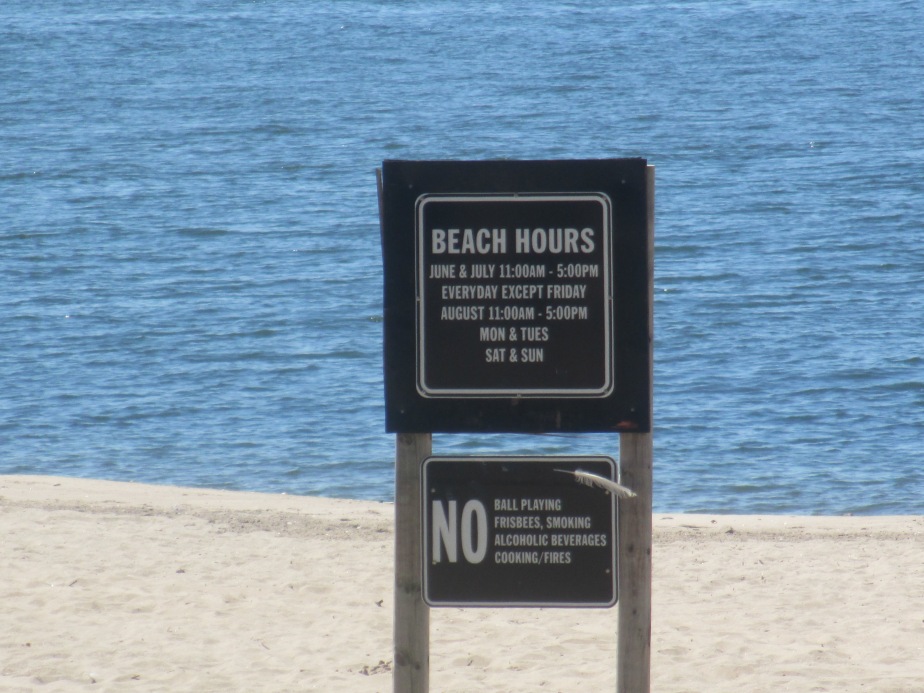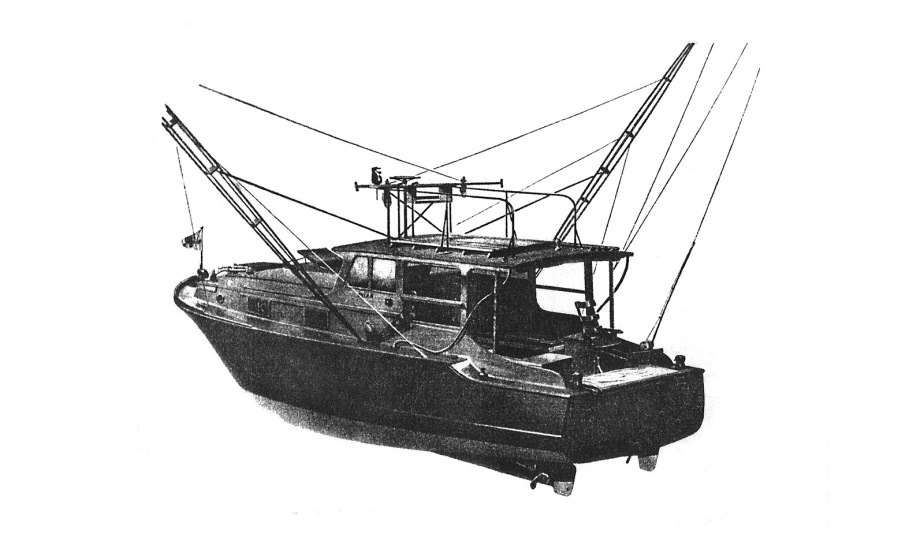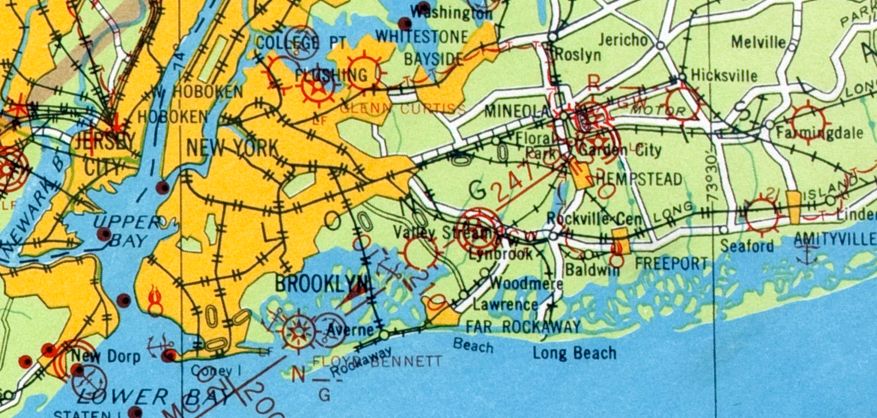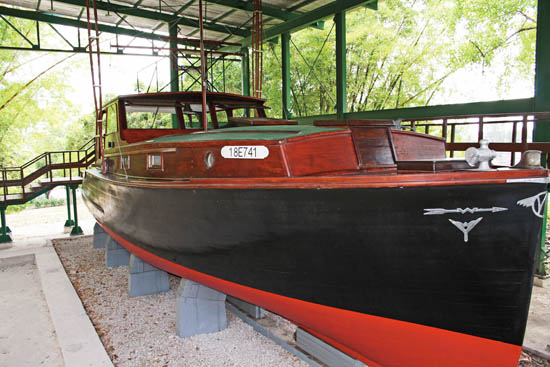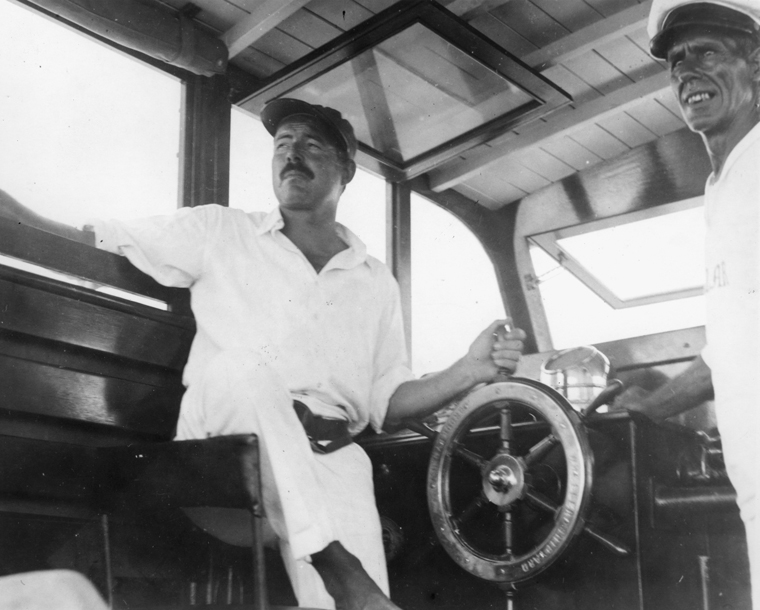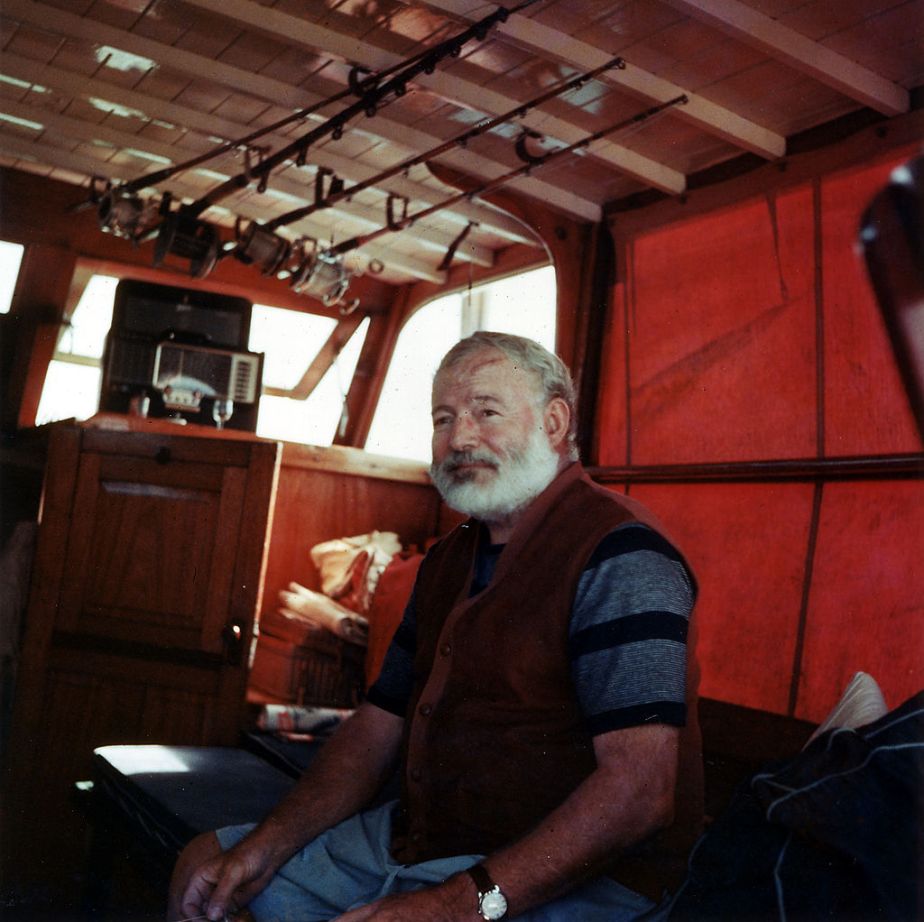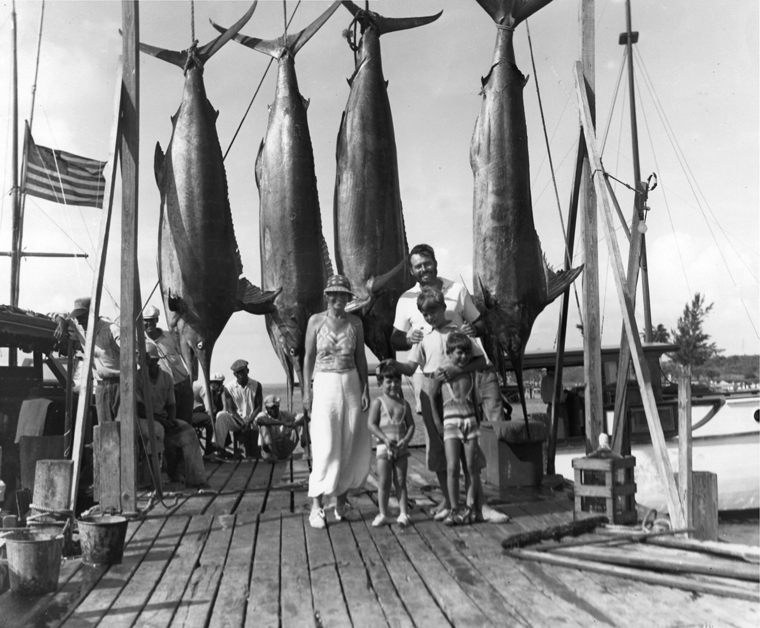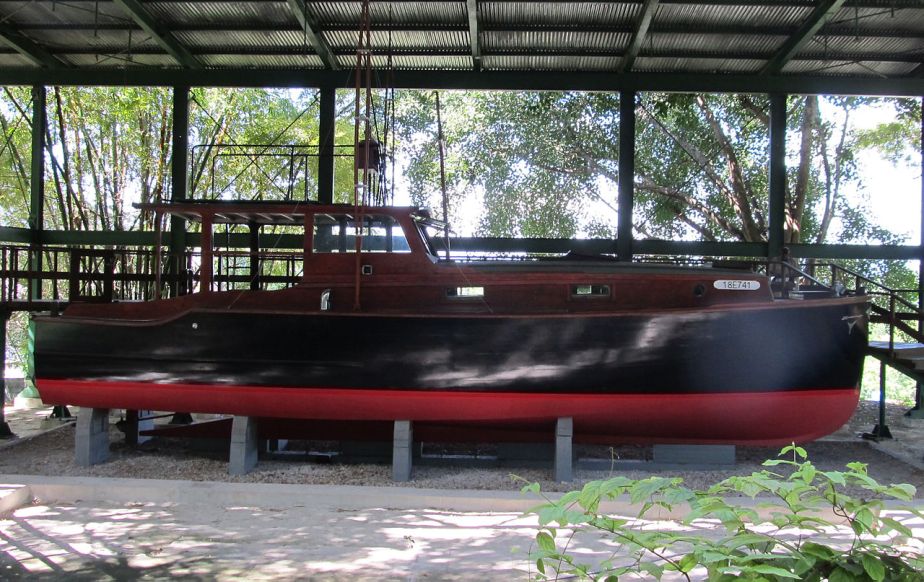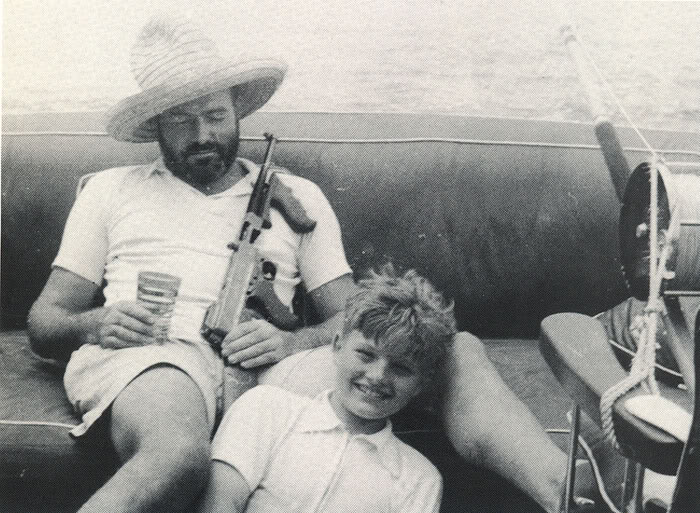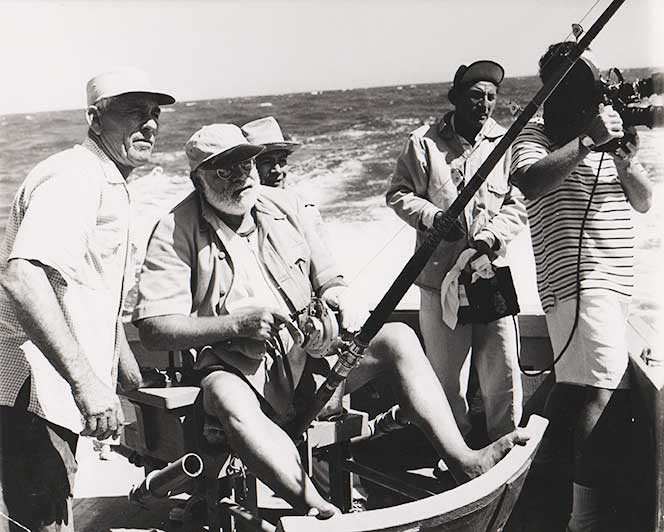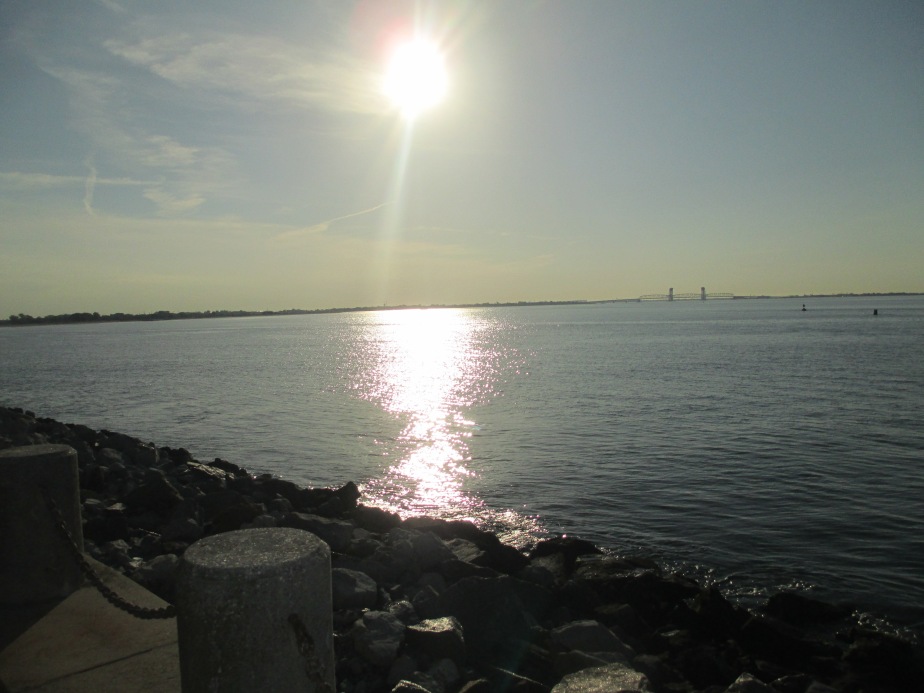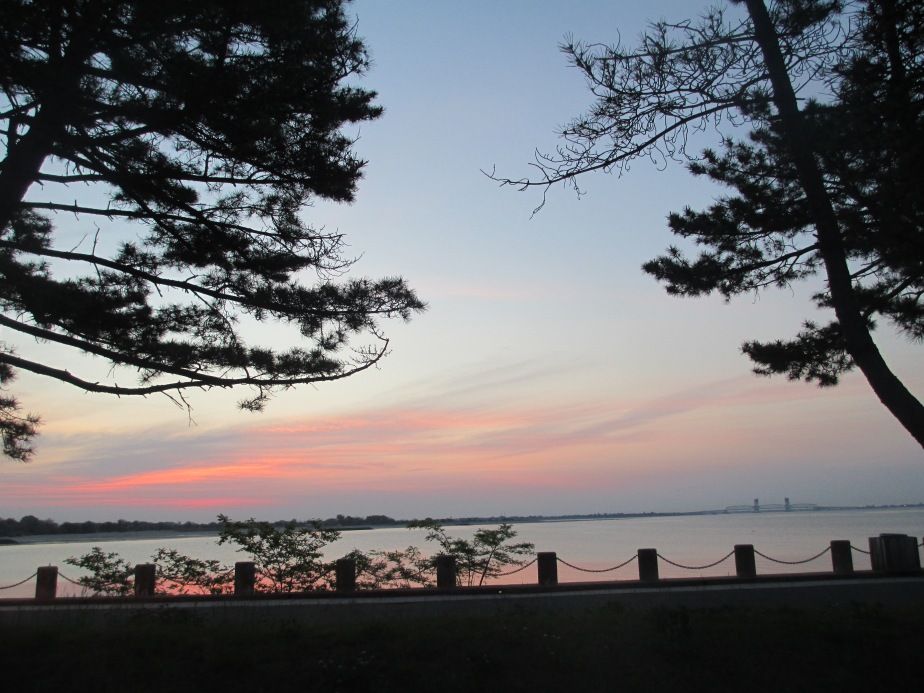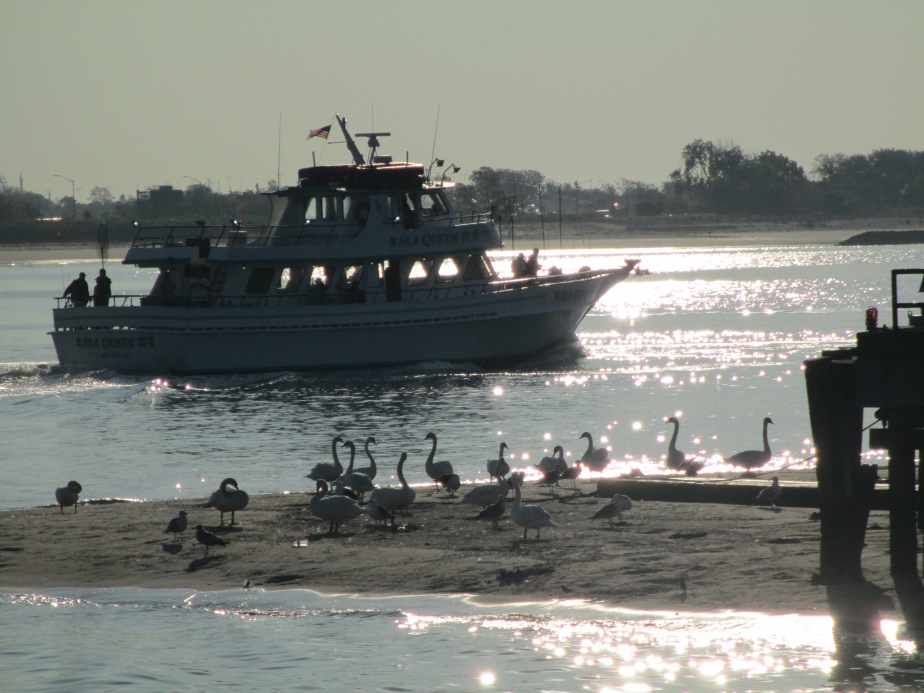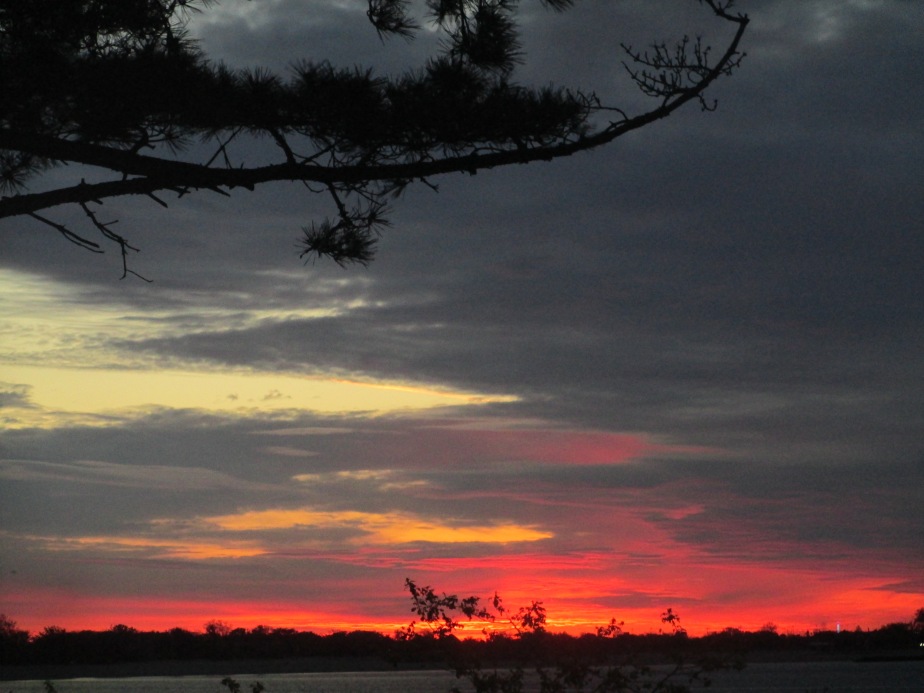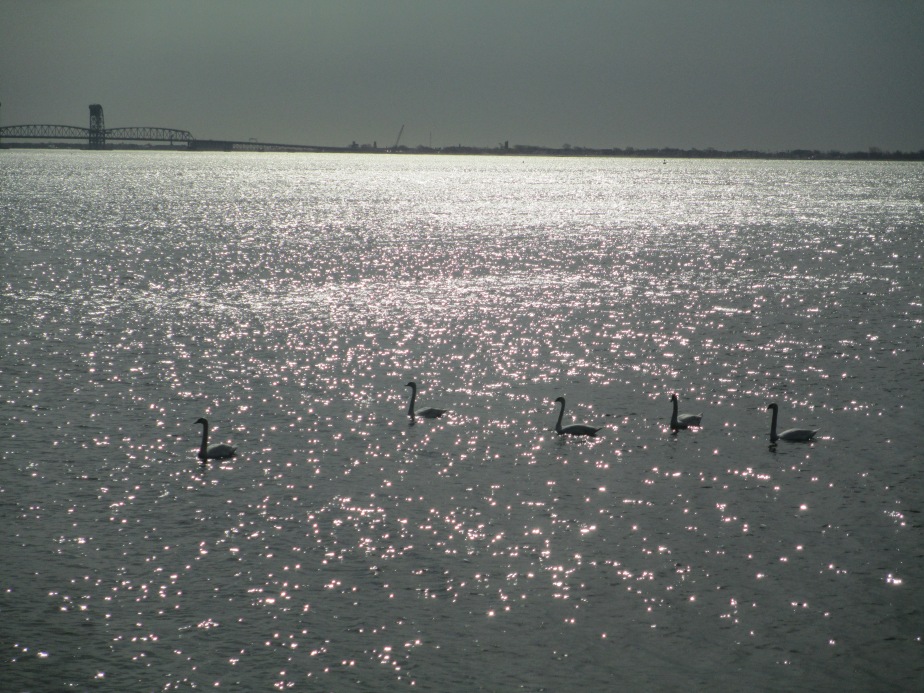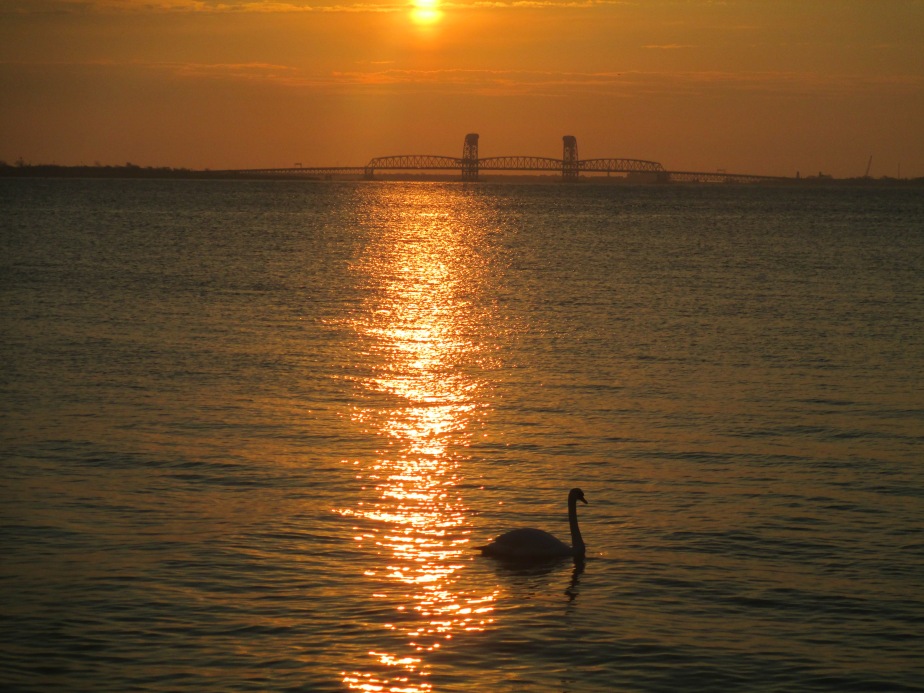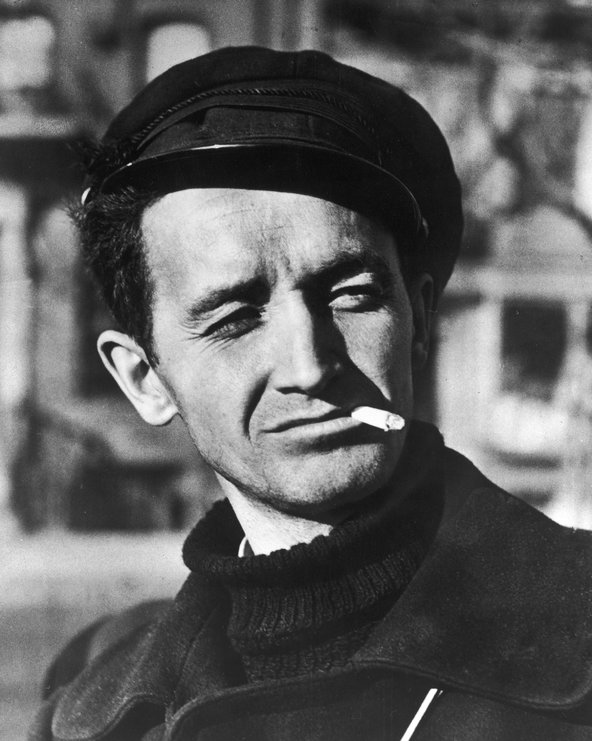
Famed American Folk singer Woody Guthrie who wrote the legendary song ,“This Land Is Your Land” in 1940 began his training at the Sheepshead Bay Maritime Training Base for the Merchant Marine in 1943 at the place now known as Kingsborough Community College of the City University of New York. There he re-worked his most famous song until it became the song we now know today.
The book details much of Woody Guthrie’s time at the Sheepshead Bay Training Base just three years after writing his most famous song “This Land Is Your Land” and details his re-working the song while doing his training at the maritime base.
“This Land Is Your Land”.is one of the United States’ most famous folk songs. Its lyrics were written by American folk singer Woody Guthrie in 1940, based on an existing melody, a Carter family tune called “When the World’s on Fire”, in critical response to Irving Berlin’s “God Bless America.” When Guthrie was tired of hearing Kate Smith sing “God Bless America” on the radio in the late 1930s, he wrote “God Blessed America for Me” before renaming it “This Land Is Your Land.”
The story is outlined in the book “Woody, Cisco and Me: Seamen Three in the Merchant Marine” by Jim Longhi.
The book details Woody writing and re-writing the Lyrics to his song ” This Land Is Your Land” while looking out over the Atlantic Ocean as a Merchant Marine trainee at the Sheepshead Bay Base.
 Most fans know that Woody and Cisco made a few voyages as merchant seamen during WW II. One ship was torpedoed and another struck a mine. Woody would often pull out his guitar and sing to the men aboard the ship especially in times of danger.
Most fans know that Woody and Cisco made a few voyages as merchant seamen during WW II. One ship was torpedoed and another struck a mine. Woody would often pull out his guitar and sing to the men aboard the ship especially in times of danger.
Following are the original lyrics as composed on February 23, 1940, in Guthrie’s room at the Hanover House hotel at 43rd St. and 6th Ave. (101 West 43rd St.) in New York, showing his strikeouts. The line “This land was made for you and me” does not literally appear in the manuscript at the end of each verse, but is implied by Guthrie’s writing of those words at the top of the page and by his subsequent singing of the line with those words.
The original title was “God Blessed America”, but it was struck out and replaced by “This Land Was Made For You & Me“. It appears therefore that the original 1940 title was “This Land”.
- This land is your land, this land is my land
- From
theCalifornia to theStatenNew York Island, - From the Redwood Forest, to the Gulf stream waters,
God blessed America for me.- [This land was made for you and me.]
- As I went walking that ribbon of highway
- And saw above me that endless skyway,
- And saw below me the golden valley, I said:
God blessed America for me.- [This land was made for you and me.]
- I roamed and rambled and followed my footsteps
- To the sparkling sands of her diamond deserts,
- And all around me, a voice was sounding:
God blessed America for me.- [This land was made for you and me.]
- Was a high wall there that tried to stop me
- A sign was painted said: Private Property,
- But on the back side it didn’t say nothing —
God blessed America for me.- [This land was made for you and me.]
- When the sun come shining, then I was strolling
- In wheat fields waving and dust clouds rolling;
- The voice was chanting as the fog was lifting:
God blessed America for me.- [This land was made for you and me.]
- One bright sunny morning in the shadow of the steeple
- By the Relief Office I saw my people —
- As they stood hungry, I stood there wondering if
God blessed America for me.- [This land was made for you and me.]
According to Joe Klein, after Guthrie composed it “he completely forgot about the song, and didn’t do anything with it for another three years. When he began re-working it while training for the United States Merchant Marines” (This is a March, 1944, recording of the song.)
 Between 1943 and 1945, Woody Guthrie’s life was a rather erratic batch of activity. He entered the Merchant Marines three times with his friend and sometime singing partner, Cisco Houston. It seemed the best way to avoid being drafted by the Army. He escaped death by torpedo more than once.
Between 1943 and 1945, Woody Guthrie’s life was a rather erratic batch of activity. He entered the Merchant Marines three times with his friend and sometime singing partner, Cisco Houston. It seemed the best way to avoid being drafted by the Army. He escaped death by torpedo more than once.
- This land is your land, this land is my land
- From California to the New York Island
- From the Redwood Forest to the Gulf Stream waters
- This land was made for you and me.
- As I was walking that ribbon of highway
- I saw above me that endless skyway
- I saw below me that golden valley
- This land was made for you and me.
- I roamed and I rambled and I followed my footsteps
- To the sparkling sands of her diamond deserts
- While all around me a voice was sounding
- This land was made for you and me.
- When the sun came shining, and I was strolling
- And the wheat fields waving and the dust clouds rolling
- A voice was chanting, As the fog was lifting,
- This land was made for you and me.
- This land is your land, this land is my land
- From California to the New York Island
- From the Redwood Forest to the Gulf Stream waters
- This land was made for you and me.
Note that this version drops the two political verses from the original: Verse four, about private property, and verse six, about hunger.

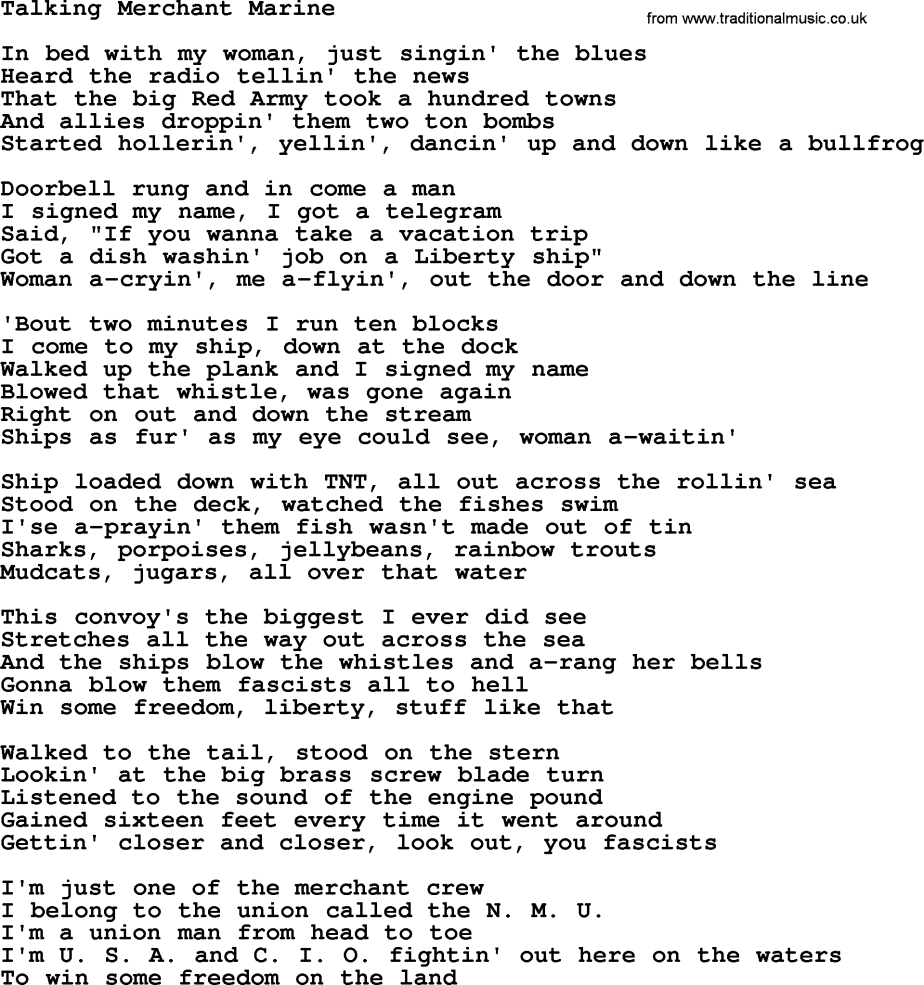
“Talking Merchant Marine” a song written by Woody Guthrie during his time at the Sheepshead Bay Maritime Training Base along with the new verses for “This Land Is Your Land”.

The March 1944 recording in the possession of the Smithsonian, the earliest known recording of the song, has the “private property” verse included. This version was recorded the same day as 75 other songs. This was confirmed by several archivists for Smithsonian who were interviewed as part of the History Channel program Save Our History – Save our Sounds. The 1944 recording with this fourth verse can be found on Woody Guthrie: This Land is Your Land: The Asch Recordings Volume 1, where it is track 14.
- There was a big high wall there that tried to stop me;
- Sign was painted, it said private property;
- But on the back side it didn’t say nothing;
- This land was made for you and me.
Woodyguthrie.org has a variant:
- As I went walking I saw a sign there
- And on the sign it said “No Trespassing.”
- But on the other side it didn’t say nothing,
- That side was made for you and me.
It also has a verse:
- Nobody living can ever stop me,
- As I go walking that freedom highway;
- Nobody living can ever make me turn back
- This land was made for you and me.
- In the squares of the city, In the shadow of a steeple;
- By the relief office, I’d seen my people.
- As they stood there hungry, I stood there asking,
- Is this land made for you and me?
A 1945 pamphlet which omitted the last two verses has caused some question as to whether the original song did in fact contain the full text. The original manuscript confirms both of these verses.
As with other folk songs, it was sung with different words at various times although the motives for this particular change of lyrics may involve the possible political interpretations of the verses. Recordings of Guthrie have him singing the verses with different words.
The radical verses are not often performed in schools or official functions. They can be best interpreted as a protest against the vast income inequalities that exist in the United States, and against the sufferings of millions during the Great Depression America, Guthrie insists, was made—and could still be made—for you and me. This interpretation is consistent with such other Guthrie songs as “Pretty Boy Floyd”and Guthrie’s lifelong struggle for social justice.
The song was revived in the 1960s, when several artists of the new folk movement, including Bob Dylan, the Kingston Trio, trini Lopez Jay and the Americans , and the New Christy Minstrels all recorded versions, inspired by its political message. Peter, Paul and Mary recorded the song in 1962 for their Moving album. The Seekers recorded the song for their 1965 album, A world of Our Own It was performed many times by the cyclist choir, accompanied by guitarists and a wash-tub bassist, during the Wandering Wheels historic 1966 U.S. coast-to-coast bicycle trip.
Bruce Springsteen first began performing it live on the River Tour in 1980, and released one such performance of it on Live 1975-1985, in which he called it “about one of the most beautiful songs ever written.”
The song was performed by Springsteen and Pete Seeger, accompanied by Seeger’s grandsonTao Rodriguez Seeger, at the Obama Inauguration at the Lincoln Memorial on January 18, 2009.
The song was restored to the original lyrics (including the ‘There was a big high wall there’ and ‘Nobody living can ever stop me’ verses) for this performance (as per Pete Seeger’s request) with the exception of a change in the end of the ‘Relief Office’ verse to “As they stood hungry, I stood there whistling, This land was made for you and me.” The original lyrics are “As they stood there hungry, I stood there asking, Is this land made for you and me?”
Arlo Gutherie who has played at Kingsborough’s Summer Music Festivals in honor of his father, tells a story in concerts on occasion, of his mother returning from a dance tour of China, and reporting around the Guthrie family dinner table that at one point in the tour she was serenaded by Chinese children singing the song. Arlo says Woody was incredulous: “The Chinese? Singing “This land is your land, this land is my land? From California to the New York island?”
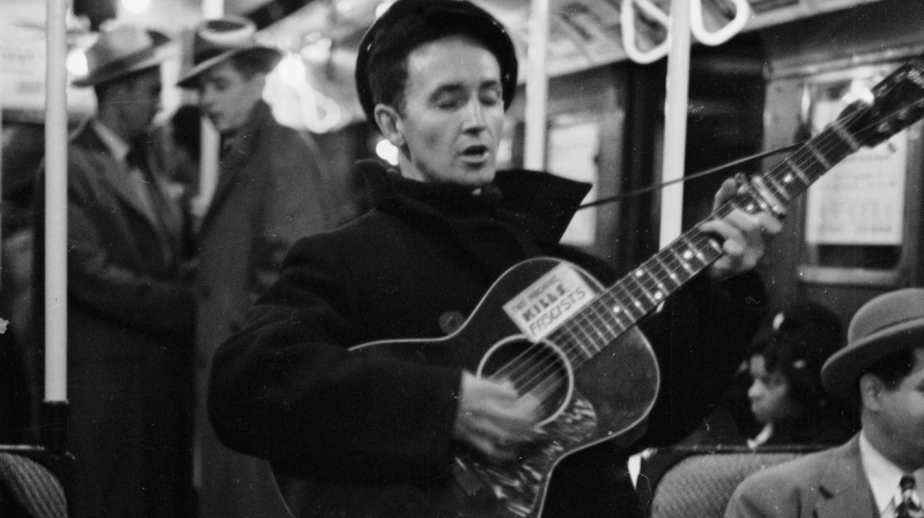
Woody would ride the subways of Brooklyn while he was doing his training as a Merchant Mariner and below is his address in Coney Island on Mermaid Avenue.

